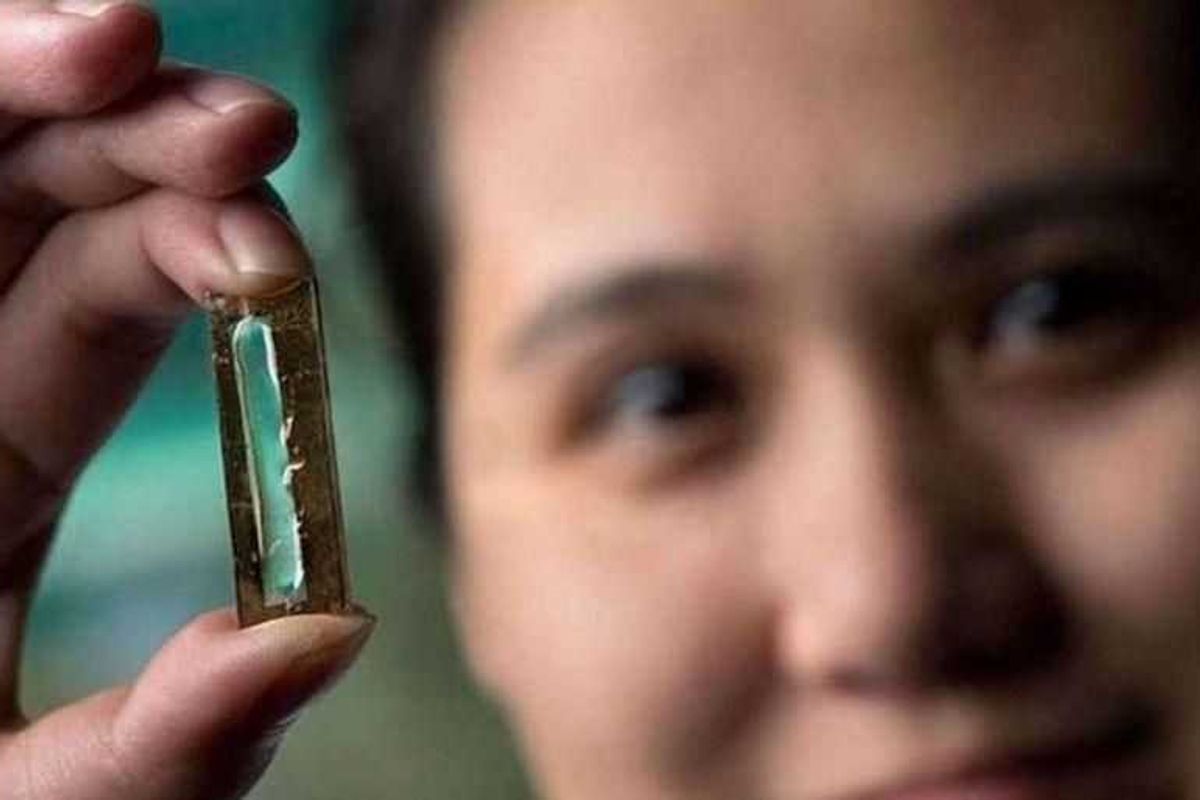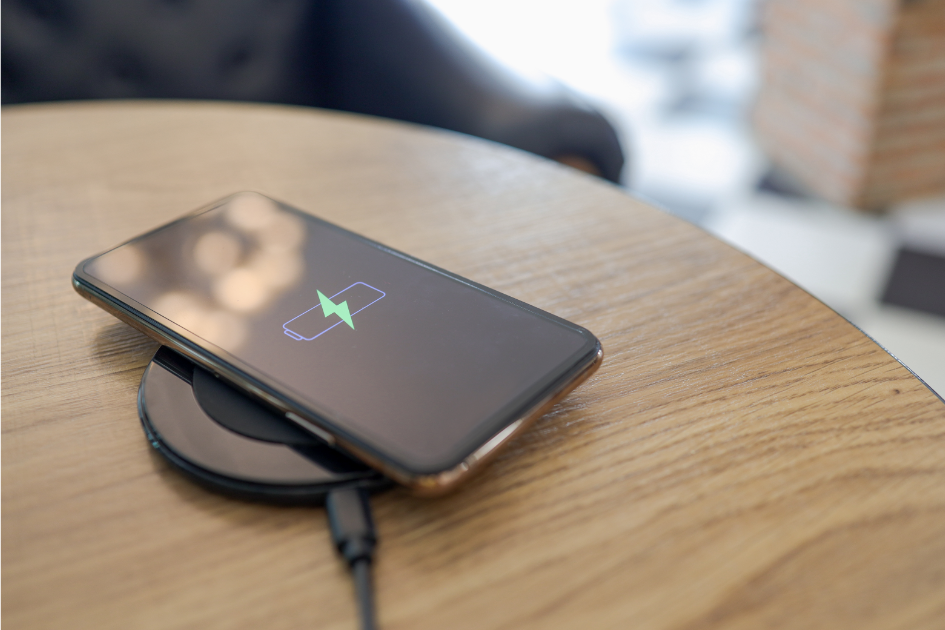10 no-cost, no-line things my kids love in Disney World
It’s easy to be disillusioned by the prices and the crowds, but on a recent trip, our favorite things had neither.

They say Disney World is the most magical place on Earth. Sadly, not everyone feels that way! A lot of parents half-jokingly call Disney a "nightmare" because of the cost and the crowds, not to mention the fact that the overstimulating environment can sometimes bring out the worst in kids. It's pretty amazing to see a child decked out in Mickey Ears holding an ice cream cone and a cinnamon roll and a new toy still crying because they didn't get what they wanted! And then there's the complexity of planning an efficient trip, which can rival the logistical efforts of visiting a foreign country.
And those things can absolutely be true. But you know what? I still love it, and I'm not ashamed to admit it. If you have kids of a certain age, there's just nothing quite like Disney. There just isn't.
What surprised me on my most recent trip to Disney World with my wife and 4 and 9 year olds girls was how excited we were just to be there. Sure, I was looking forward to checking out some of the newer rides, like Guardians of the Galaxy, but I was only able to get on most of them once, if at all. It didn't matter. The thing that made our trip special was that we were all together and focused on having as much fun as possible in the time that we had together, which is a big shakeup from our regular fast-paced daily routine. Everywhere you look in Disney World, there's an opportunity to have fun and do something you just can't do in the normal world. That's the kind of thing that makes families think it's worth it, and what keeps them coming back year after year.
Here were some of the simple things that proved to be a ton of fun without a long wait or an extra cost:
Disclosure: My family and I were able to attend Disney World for free as part of a recent Magic of Milestones celebration, but under no obligation to provide a positive review.
1. Riding the Skyliner

Hands down, by far, this was my kid’s favorite thing to do and, as long as you can get inside the Disney World complex, it’s totally free. If you've never tried it, the Skyliner is a gondola transportation system that connects a few of the Disney resorts to Epcot and Hollywood Studios. It honestly feels like a park ride and gives you an incredible view of the Disney grounds, to boot.
We never even had to wait in line, though we never tried to take the Skyliner directly back to our hotel as the parks were closing — it tends to get a little more crowded then.
The monorail isn't quite as fun but is still worth a ride at least once. The boat that goes from Wilderness Lodge to Magic Kingdom is also 100% worth checking out for the novelty, as well. Who needs rollercoasters when you have all this at your fingertips!? You could spend at least half a day just riding Disney's various transportation systems in a big loop.
2. Collecting stickers at Animal Kingdom

We had a blast at Animal Kingdom, and actually found it to be a more slow paced experience which was nice after a hectic few days. You might think the kids would be dying to go get in line for a ride or beg us to buy them things in the gift shop, but no, they were so thrilled to just walk around and do all the Wilderness Explorers activities: Kids get a little booklet and keep their eyes out for cast members dressed as Rangers, who teach them animal facts or do a guided activity with them before giving them a sticker to keep in their books.
Epcot also has something like this called the Kidcot stations where kids can collect little activity cards from around the "world."
3. Pin trading
If you're willing to invest in buying a Disney pin or two, the kids can have a blast trading with Cast Members at every park. Most gift shops in the parks have a pin trading board where they are obligated to trade with you if you offer!
If your kids like Pokemon cards or any sort of collectible memorabilia, they'll really dig this. We didn't do much trading this time around, but we did snag a few pins and will be ready to swap next time.
4. Spotting characters
Any time we were bussing to and from the parks, my kids would stare out the window and yell every time they saw a new character lining the side of another bus. “Pluto! Minnie! Donald!” They were endlessly entertained, they didn’t even have time to fight or complain about being hungry. Can all of our car rides at home be like this?!
The resorts also have character hunts where the kids can look for hidden cutouts of different characters, snap a selfie with them, and receive a prize — which is priceless entertainment when you're waiting in a front desk check-in line.
5. Magic Band statues
Caveat, this one isn’t technically free because you need a Magic Band (a special bracelet that acts as your park pass, resort room key, and more). But man did we have fun running around the parks looking for the semi-hidden bronze statues!
They’re interactive, so if you walk up to them and do a certain motion with your wrist, your band will buzz or light up in different colors. It sounds simple, but you’d be surprised how much of a kick the kids got out of this. When we found one, we had to drop everything to make our bands light up.
6. Disney Jr. Dance Party
My 9-year-old has tragically aged out of loving the Disney Jr. characters like Vampirina, Fancy Nancy, et al. But my 4-year-old worships the ground that Doc McStuffins walks on, so the entire Disney Jr. area of Hollywood Studios was heaven for her.
The dance party, a show held several times with a day (that usually doesn't get all that crowded), is really hard to describe unless you've done it. Imagine a club in 2001 except filled with toddlers, then swap Lil John for The Chicken Dance and you've pretty much got it. The DJ does an amazing job getting the kids dancing and laughing, characters show up — it's just an amazing time all around and it was one of the most unforgettable experiences of the whole trip for our little one.
7. The fireworks
Any good day at a Disney World park ends with the fireworks show. These are top-notch shows that rival the best New Years Eve displays in most cities, and you can see them pretty well from almost anywhere in the Epcot or Magic Kingdom parks.
OK, full disclosure: Only one of my kids loved this. My youngest one, who has some sensory issues, found them too loud and got scared, even with noise-muffling headphones. Woops! She said she wants to go back to Disney World as soon as possible so she can't be too traumatized.
8. Bedtime stories
In the rooms at the Disney World resorts (and on the Disney Cruises, as well), the TVs have access to tons and tons of Disney content. But my kids can't get enough of the bedtime stories, specifically. They're short, animated picture-book style cartoons that are narrated as if you're having a story read to you. They have them for Frozen, Tangled, Cars, and a few more.
There's just nothing quite like throwing on a bedtime story while we're brushing teeth and winding down from a huge day of fun. It's just so Disney. Now that we've seen all the stories several times, they almost feel nostalgic, like getting a warm hug. If you can finagle some milk and cookies from room service or a dining area, now you're really cooking.
9. The Cast Members
I once heard someone say that the Cast Members are the magic and I have to wholeheartedly agree. Every single person you meet at Disney is so kind, so helpful, and so great with the kids.
For example, we sat down for a quick bite on our first day at the parks and unfortunately had to wait a bit for our food. We had just flown in that day and were already exhausted from walking around, so the kids were getting a little grumpy. While we were waiting, a man who had been cleaning off tables came by and started asking my youngest what she was coloring, asking about the colors, making jokes, and making her laugh.
That's the kind of interaction you'll get almost everywhere you go in Disney and honestly, as someone with young kids, you can't put a price on it. You won't find it anywhere else. In the end, it's really the Cast Members that make parents want to keep coming back despite the costs and crowds.
10. Just being together
This sounds corny and obvious: As a family, we're literally together all the time!
But our regular life is so fast-paced and can get so monotonous. The weeks fly by with early wake-ups, school, soccer practice, quick messy dinners, bath, bedtime, and waking up to do it all over again. We love our life, it's full of joy and love and as much fun as we can possibly cram in to every week. But there's just something amazing about walking away from all the obligations and responsibilities and worries and just enjoying each other on a level we rarely get to.
Sometimes it takes something extreme to break you out of your routines and patterns — like spending a few thousand dollars on a trip to Disney World. But when you're sitting there watching your little one hug Doc McStuffins like she's a real person, and watch your oldest try and fail to be too cool to get a high five from Mickey Mouse, and you're thinking, Damn I love my family — well, that feeling is well worth it. And you don't even need to wait in a long line — or pay through the nose to skip the line — to get it.
- A guy found an unused $8 Disney World ticket from 1978 and tried to get into the park ›
- Don't listen to the critics—Disney's new 'Little Mermaid' brings its own kind of magic ›
- My family of 5 traveled the U.S. for nearly a year, and it cost us less than staying home ›
- Artist gives 6 of Disney's most beloved characters a modern twist to explain today's world - Upworthy ›
- Deaf girl transforms into Cinderella at Disney with ASL-speaking Fairy Godmother - Upworthy ›
- 5 tips for saving your sanity for family's first Disney trip - Upworthy ›
- Heroic dad jumps off Disney cruise ship to save his daughter after she falls from 4th deck - Upworthy ›
- Secret side of Disney World runners keep to themselves - Upworthy ›
- 'The Love Boat' debuted a sympathetic trans character in 1982 - Upworthy ›
- Artist gives Disney's most beloved characters a darkly modern twist to talk about current issues - Upworthy ›





 TikTok · Ale
TikTok · Ale

 Phone charging.
Phone charging. bill nye chemistry GIF by NETFLIX
bill nye chemistry GIF by NETFLIX 


 A happy woman in the Netherlands.via
A happy woman in the Netherlands.via
 Thumbs up
Thumbs up  Woman in chair.
Woman in chair.